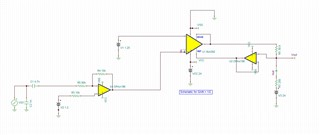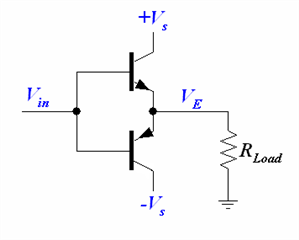Other Parts Discussed in Thread: XTR305
Tool/software:

Fig1: Current Source Circuit

Fig2: Current Sink Circuit
Current Source Circuit (Source Mode): The circuit generates a current of 4-20mA when V2 is varied between 1.25V and 2.5V. I have successfully tested this in the TINA simulation and in practical experiments.
Current Sink Circuit (Sink Mode): The circuit is designed to produce a current of 4-20mA when V2 is varied from 0 to 1.25V. I obtained accurate results in the TINA simulation; however, I am not receiving the expected output in practical experiments, and also when i am trying to vary the V2 voltage it is not allowing to change and whatever voltage at V1 is appearing at V2(i.e 1.25).
Can you tell me what is the problem?









